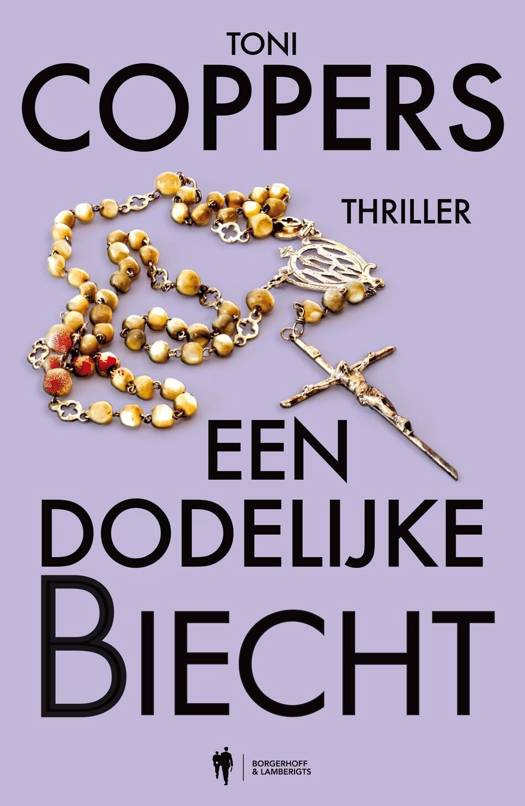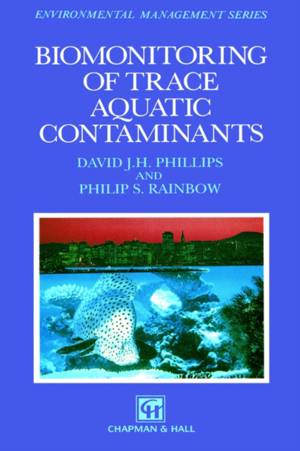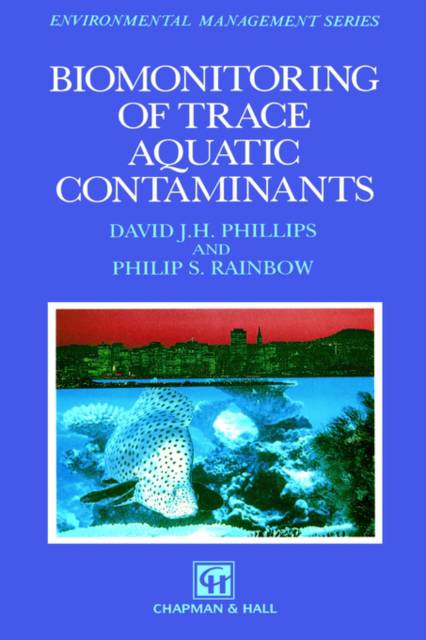
- Afhalen na 1 uur in een winkel met voorraad
- Gratis thuislevering in België vanaf € 30
- Ruim aanbod met 7 miljoen producten
- Afhalen na 1 uur in een winkel met voorraad
- Gratis thuislevering in België vanaf € 30
- Ruim aanbod met 7 miljoen producten
Zoeken
€ 209,95
+ 419 punten
Omschrijving
Twenty years ago, researchers wishing to identify contaminated areas in aquatic environments generally took water samples, and analysed them badly (as we have since discovered) for a few "pollutants" which were of topical note at the time (and which could be quantified by the methods then available). Today, the use of aquatic organisms as biomonitors in preference to water analysis has become commonplace, and many national and interna- tional programmes exist around the world involving such studies. We believe that this trend will continue, and have complete faith in the methodology (when it is employed correctly). We hope that the following text assists in some part in attaining this goal, such that the quality of our most basic global resource -water - is adequately protected in the future. DAVE PHILLIPS, PHIL RAINBOW England, March 1992 vii Acknowledgements Our thanks for contributions to this book are due to several individuals and groups, for varying reasons. Firstly, a co-authored book is always a triumph, and we trust that the following text is an acceptable compromise of the views of two individual authors, on a complex and developing topic. Secondly, many of the ideas herein have crystallised over the last two decades as the field has grown, and we are individually and collectively grateful to a number of researchers for their insight and assistance.
Specificaties
Betrokkenen
- Auteur(s):
- Uitgeverij:
Inhoud
- Aantal bladzijden:
- 371
- Taal:
- Engels
- Reeks:
- Reeksnummer:
- nr. 37
Eigenschappen
- Productcode (EAN):
- 9780412538506
- Verschijningsdatum:
- 8/09/1998
- Uitvoering:
- Hardcover
- Formaat:
- Genaaid
- Afmetingen:
- 152 mm x 229 mm
- Gewicht:
- 734 g

Alleen bij Standaard Boekhandel
+ 419 punten op je klantenkaart van Standaard Boekhandel
Beoordelingen
We publiceren alleen reviews die voldoen aan de voorwaarden voor reviews. Bekijk onze voorwaarden voor reviews.











